Approach
Fundamental thinking, and Model-based Systematic implementation
Economic principles formulated and implemented systematically through quantitative disciplines, make the QCM strategy adapt more effectively to changing macroeconomic environments.
Sound economic rationale and fundamental logic are some key considerations in designing QCM’s investment methodology. The essentials in this philosophy, along with the varying impacts of short and medium term market factors, are packaged and executed through a disciplined and mathematically formulated set of models that run systematically with no emotional biases. The models and their component parts in turn are judiciously engineered into a seamless investment process that fluidly adapts the portfolio posture to changing macro environments.
In developing the models, we make use of an arsenal of powerful risk-adjusted alpha tools. These silos of firepower that are proprietary and fully researched, are innovatively put together into various parts of the QCM engine. Each operates within its own domain, seeking to generate disproportionate upside returns for a controlled downside risk. The components, both strategic and tactical, are uncorrelated working in different time frames.
The process is applied daily to the portfolio of 100-plus financial and commodity futures where direction of each position is determined by the QCM model. A sophisticated asset allocation process that is run daily, results in the re-balancing of a portfolio. Position sizing alters dynamically to reflect the strategy’s current conviction levels given its reading of both portfolio and market risk. The investment exposure adapts to that best suited for the ensuing macro environment, while tactically armed to deal with any unexpected exogenous shocks.
Strategy Considerations
Strategy considerations
Robustness of strategy
Using fewer parameters wherever possible, we create silos of firepower through self-contained, risk-managed alpha tools. A set of these uncorrelated tools act as a powerful complement to the core strategic macro thrust of the portfolio. The combined activity creates a balance of strategy and tactics to ride the large waves in the markets while having the nimbleness to deal with episodic set-backs from exogenous shocks. This allows us to generate what is often referred to as ‘crisis alpha’ during extreme market distress, while pursuing attractive risk-adjusted returns through normal times.
Dynamic allocation and Portfolio Risk
A seamless and dynamic shifting of portfolio exposure in individual markets, allows the strategy to adapt to changing conviction levels as risk and opportunities change. A daily process re-balances the portfolio to calibrate and reflect appropriate risk-adjusted positioning. A proprietary dynamic risk allocation tool works on all assets in the portfolio to determine weights. Risk is targeted at component level as well as at portfolio level. The strategy components are by design not correlated and operate within their own risk space.
Error tolerance
While working with a statistical edge in evaluating the probability of success when taking positions, we readily acknowledge that the markets can catch us off-guard. Hence an array of stops are always in place to exit a position from any unreasonable loss and mitigate overall risk. Wherever possible, a wide margin of error is allowed for by applying similar trading tools and parameters within the strategy components. This reduces risk of ‘fitting’ and makes the strategy more robust to endure through changes in market environment and over time.
Time diversification
The strategy is time diversified both in its tactical as well as macro-strategic component. This allows exposure in portfolio positions to seamlessly traverse through multiple time frames, reducing errors and increasing opportunity both long and short. Tactical tools can exit easily, when not required, leaving markets to be positioned largely by the macro when conditions return to normal. The combination of tactical and strategic tools, judiciously time diversified, helps avoid redundant overlaps and provides true diversification when testing a strategy.
Liquidity and Transaction Costs
The QCM strategy is applied on liquid and regulated futures markets that offer transparency, low transactions costs and ease of execution. In order for the strategy to be robust, volume of transactions is kept to an appropriate level. The strategy is stress tested with higher brokerage commissions and slippage to ensure friction or transactional costs will not have undue drag on performance. By using exchange-traded futures that are quoted with one price for all in any given instant, we avoid subjectivity in valuation both in transactions as well as account settlement.
Scalability and Optionality
The QCM strategy and its products are carefully designed to trade large volume of assets through diversified time frames and liquid markets. QCM has in its past managed peak assets of USD 1 billion with no concern on scalability. Philosophically, we design strategies that are fully scalable to handle institutional size accounts and hence engage only in liquid markets where positions can be easily scaled up. We also pursue disproportionate upside returns relative to the actively targeted downside, a profile that therefore provides investors with attractive optionality.
